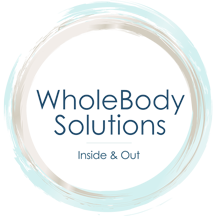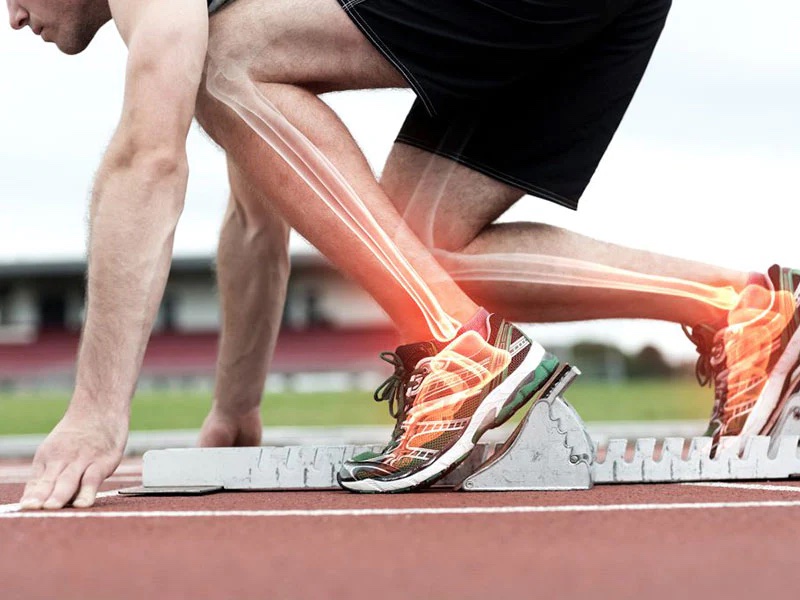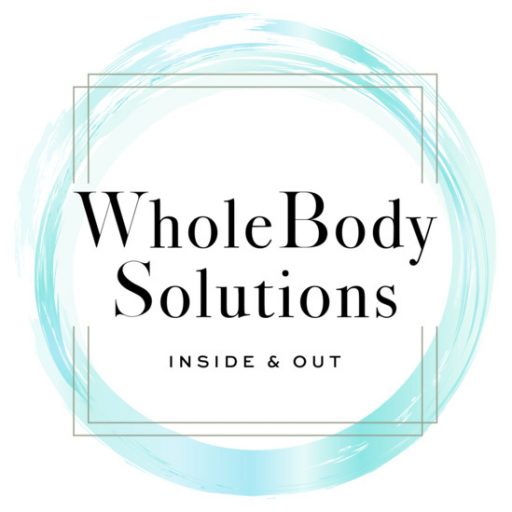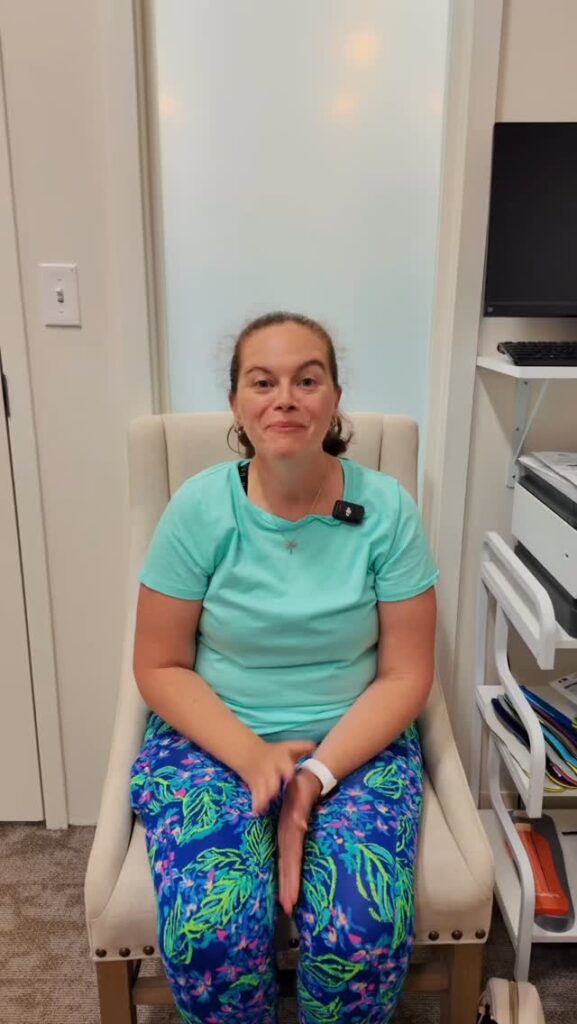Creaky and aching bones? Poor bone health is associated with back pain, loss of height, and an increased risk of fractures as you age.
It is estimated that 1 in 4 men and 1 in 2 women will get a fracture because of osteoporosis, a serious bone disease, over the course of their lifetime.
Women are especially at risk – they can lose up to 20% of their bone mass within the first five years of menopause.
Fractures pose a serious health risk to the elderly – a study published in the JAMA Internal Medicine in 2011 found that women between the ages of 65 to 69 who suffer from a hip fracture were five times more likely to die within the next year.
But you can do something about it. The Harvard School of Public Health (HSPH) describes bone as a living tissue that is constantly being destroyed and rebuilt through a process called remodeling.
Bone production also exceeds bone destruction in healthy individuals who get enough calcium and exercise. However, bone destruction usually starts exceeding production past the age of 30.
Eating a nutritious diet, getting regular exercise, and taking a bone health supplement are just some of the ways you can combat bone loss and weakness.
Get more calcium
The Institute of Medicine recommends a daily calcium intake of 1,000 to 1,200 milligrams (mg) for healthy adults. Experts also advise taking calcium with 600 to 800 IU of Vitamin D.
The body needs calcium to build and maintain bones and teeth, as well as several functions like blood clotting, regulating heart rhythm, and transmitting nerve impulses.
About 99% of the calcium the body absorbs is stowed in the bones and teeth, with the remaining 1% stored in the blood, muscle, and tissue.
The body gets the calcium from the food and supplements you consume – leafy greens, for instance, are an excellent source of the mineral, while supplements like Bone Health Daily Fundamentals contain up to 370 mg of calcium, 20 mcg of Vitamin D, and other bone-friendly nutrients in each daily pack.
When your diet is lacking in calcium, the body will start depleting its calcium stores in the bones and teeth. Over time, this could lead to bone density loss – a risk factor for osteoporosis.
Get more manganese
Calcium and Vitamin D aren’t the only nutrients that can help improve bone health. The role of manganese in bone development and maintenance is often overlooked.
When taken with calcium, copper, or zinc, this trace mineral supports bone density, particularly in older adults.
Studies have also shown that manganese can help reduce spinal bone loss in elderly women.
Natural sources of manganese include leafy greens, beans, and legumes. Supplements like Ostrophin PMG contain a proprietary blend of calcium and manganese that promotes natural bone health.
Get more sunlight
U.S. News estimates that 41.6% of Americans are Vitamin D deficient because they don’t get enough sunlight. Soak in the rays when you do your gardening, run errands, or walk your dog. Perhaps a trip to the beach or mountainside is also in order.
However, if you live in an area with prolonged winters or have difficulty staying outdoors during the cold season, consider investing in a light box or a happy light that emits ultraviolet (UV) rays to mimic the effects on natural sunlight.
A Boston University School of Medicine study from 2012 found that individuals who used light boxes three times a week were able to raise Vitamin D levels in their system.
Lift weights
When done properly, strength training can give you stronger bones no matter your age. A 2016 study on BMC Musculoskeletal Disorders found that regular resistance training increased serum concentrations of carboxy-terminal collagen crosslinks (CTX) – a telopeptide that plays a crucial role in bone formation and resorption – in women with osteoporosis.
Experts recommend full-body weight-bearing exercises that target the spine and hips for optimal results. These include deadlifts, squats, and lunges.
However, if you have an injury, chronic pain, or limited mobility, it’s best to consult with your physician before embarking on an all-out training plan.
Maintain a stable and healthy weight
Weight management can also promote bone health in addition to eating a nutritious diet and taking supplements.
Experts have found that being underweight increases your risk of osteoporosis and osteopenia. This is particularly true for post-menopausal women who have lost significant amounts of estrogen, since the hormone is known to have bone-protective properties.
Studies also suggest that being obese can have a negative impact on bone quality and increase your risk of fractures as a result of the stress caused by excess weight.
Likewise, losing and regaining weight on a cyclical basis seems detrimental to bone health – a study found that bone loss sustained during weight loss typically cannot be reversed when you regain the weight.
Therefore, the repeated cycle of losing and regaining weight can lead to drastic bone loss over the course of a lifetime.
Build strong bones that will help you enjoy day-to-day tasks minus the pain and discomfort of bone-related health issues. You can reach our practice, WholeBody Solutions, here. You can also get in touch with Dr. Ann Doggett at 617.328.6300 and [email protected].


 Opened more than 30-years ago by Dr. Ann Doggett, WholeBody Solutions is a holistic wellness center whose mission is to provide the community with safe, effective, and natural answers to health and wellness concerns. Our all-encompassing wellness center focuses on the following drug-free services: Nutrition, Chiropractic, Acupuncture, and Weight Loss. Our goal is quite simple – to make sick people well and to keep healthy people healthy. It’s that simple and that powerful.
Opened more than 30-years ago by Dr. Ann Doggett, WholeBody Solutions is a holistic wellness center whose mission is to provide the community with safe, effective, and natural answers to health and wellness concerns. Our all-encompassing wellness center focuses on the following drug-free services: Nutrition, Chiropractic, Acupuncture, and Weight Loss. Our goal is quite simple – to make sick people well and to keep healthy people healthy. It’s that simple and that powerful.

